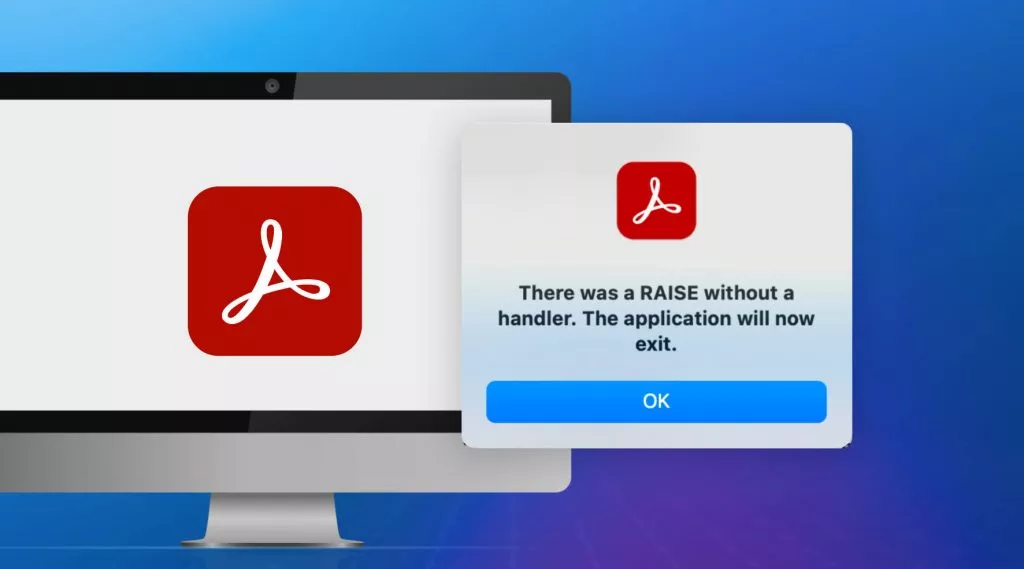Signatures are personal patterns or representations individuals make to authenticate a document or an agreement. There exist physical signatures that are handwritten on paper documents. In contrast, it’s possible to apply signatures even on electronic documents with the help of available technology. To know more about what is an electronic signature, this article will provide helpful information.
Part 1: What is an Electronic Signature?
An electronic signature is a digital representation of unique patterns to sign a document or record electronically. It serves as a legally recognized equivalent to a handwritten signature in electronic or digital form. Electronic signatures eliminate the need for physical paperwork, printing, and manual handling of documents.
It is significantly different from a wet signature, where users are bound to physically make a mark on the document that is being signed to prove their presence. Electronic signatures can be typed signatures, click-to-sign, or even biometric signatures. Generally, all these signatures are unique with different use cases.
Part 2: Types of E-Signatures?
When it comes to an e-signature, you'll find different types of electronic signatures on the internet. But what do these e-signature types include? Following are the three types of electronic signatures:
1. Simple Electronic Signature (SES)
Simple Electronic Signature (SES) is an electronic signature that is easy to create since it doesn't require advanced cryptographic technologies or complex security measures. Typically, it's used for less sensitive or low-profile matters where the level of trust and legalities may not be critical. Meanwhile, SES involves signatures within scanned images, typed names, or symbols.
2. Advanced Electronic Signature (AES)
Advanced Electronic Signature (AES) is a secure and legally recognized form of electronic signature. After all, it ensures the identity of both the signed document and the one who signed it. In general, there exist cryptographic techniques like digital certificates and encryption. Thus, strong authentication is provided, which also protects against tampering. For legally binding transactions, AES is a preferred electronic signature.
3. Qualified Electronic Signature (QES)
Qualified Electronic Signature (QES) is the highest electronic signature level recognized under certain jurisdictions, including European Union's eIDAS Regulation. Ideally, QES requires a qualified certificate, and it's based on a secure signature creation device. Meanwhile, QES provides the strongest authenticity and legal validity for highly sensitive and legally binding transactions, just like handwritten signatures.
Part 3: Is Electronic Signature Legal?
An electronic signature is considered legal in many countries. However, the legality in each country comes with different laws and regulations that must be strictly followed. This way, the electronic document will become legally binding and more authentic. Surely, you must be thinking about which countries electronic signatures are legal and with what respective laws. Here is what it looks like:
In the United States, there exist Electronic Signatures in the Global and National Commerce Act, as well as Uniform Electronic Transactions Act. Canada has Personal Information Protection and Electronic Documents Act. Australia possesses Electronic Transactions Act 1999. European Union follows European Directive 199/93/EC.
United Kingdom leverages Electronic Signatures Regulation 2002. Meanwhile, China has the Electronic Signature Law of the People's Republic of China. You will also find many similar laws in other countries where an electronic signature is considered legal.
Other Countries Where Electronic Signature is Somehow Legal
| Argentina | Costa Rica | Estonia | Italy | Liechtenstein | Norway | Russia | Sweden | Venezuela |
| Austria | Croatia | Finland | India | Lithuania | Netherlands | Republika Srpska | Switzerland | Wales |
| Belgium | Cyprus | France | Ireland | Montenegro | Portugal | Romania | Slovakia | |
| Brazil | Czech Republic | Germany | Japan | Malaysia | Pakistan | South Korea | South Africa | |
| Bulgaria | Denmark | Greece | Jamaica | Malta | Panama | Scotland | Turkey | |
| Chile | Dominican Republic | Guatemala | Luxembourg | Mauritius | Peru | Singapore | Uruguay | |
| Colombia | Ecuador | Hungary | Latvia | Mexico | Philippines | Spain | Ukraine |
Part 4: Where is Electronic Signature Widely Used?
To begin with, electronic signatures are widely used across various industries and sectors for their convenience, efficiency, and legality. Find here some of the common areas where you can find electronic signatures with essential roles:
- Banking and Financial: The role of electronic signatures in the banking and financial sector is immense. After all, it helps open a bank account, authorize transactions, or apply for a loan.
- Real Estate: Within the real estate industry, electronic signatures are used for validating and signing purchase agreements, lease agreements, rental contracts, and other property-related documents.
- Healthcare: In the healthcare sector, e-signatures are utilized within patient consent forms, medical records, prescriptions, and other healthcare-related documents. This also enhances the validity and security of the documents.
- Business Contracts: Electronic signatures are frequently used for signing business contracts. This includes agreements, sales contracts, partnership agreements, and employment contracts in a legally binding way.
Part 5: How to Create a Simple Electronic Signature
By using the UPDF PDF management tool, it's possible to create an e-signature and even apply it to your legal document. So, you can draw a handwritten signature or type in an electronic signature. There's an option to change color or adjust pen thickness while creating a signature. You can also choose between keyboard, mouse, and trackpad options. Moreover, UPDF allows you to save 4 created signatures that you can use anytime.
But you need to know that the created signature is simple electronic signature.
Windows • macOS • iOS • Android 100% secure
To create your e-signature, open UPDF on your computer and press the "Open File" button. From the toolbar on the left side, click the "Comment" icon and tap on the "Signature" icon from the screen's top. A signature panel will open where you have to click "Create Signature" to begin creating your content.
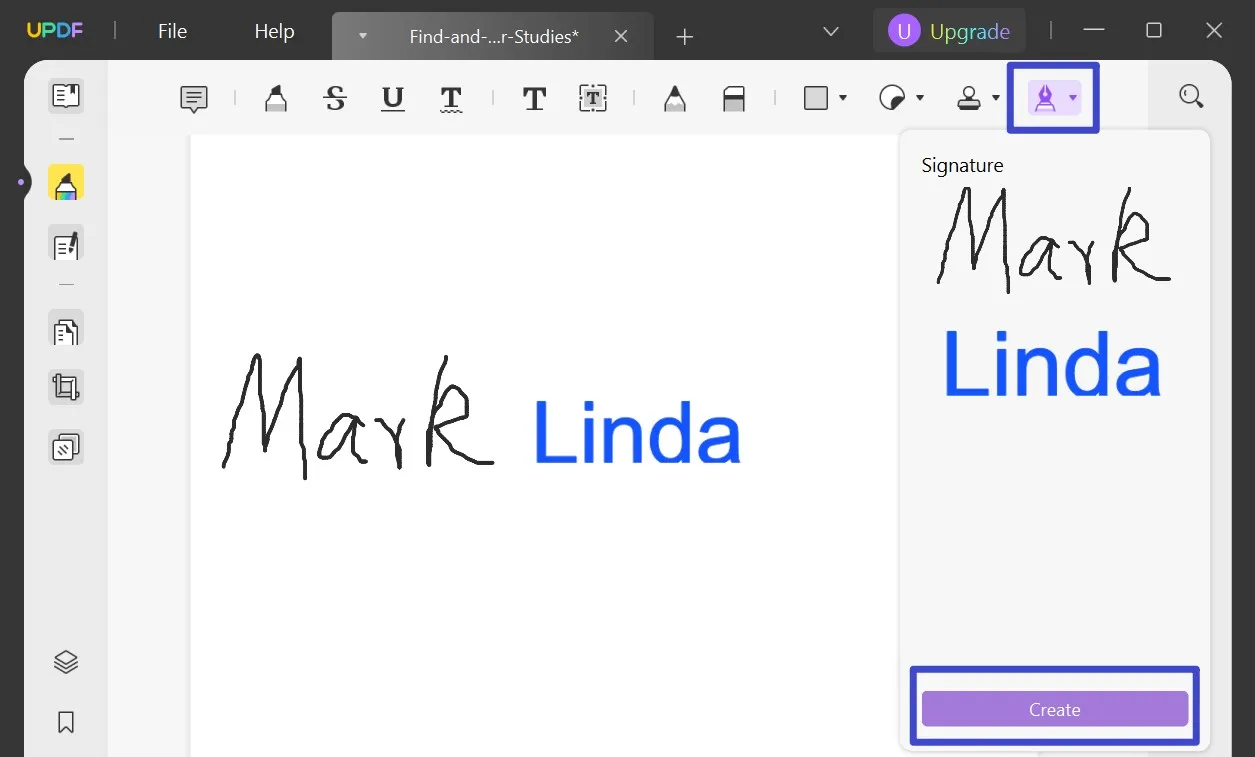
From the mouse drop-down, you can select between "Keyboard" and "Mouse"options to create a signature.
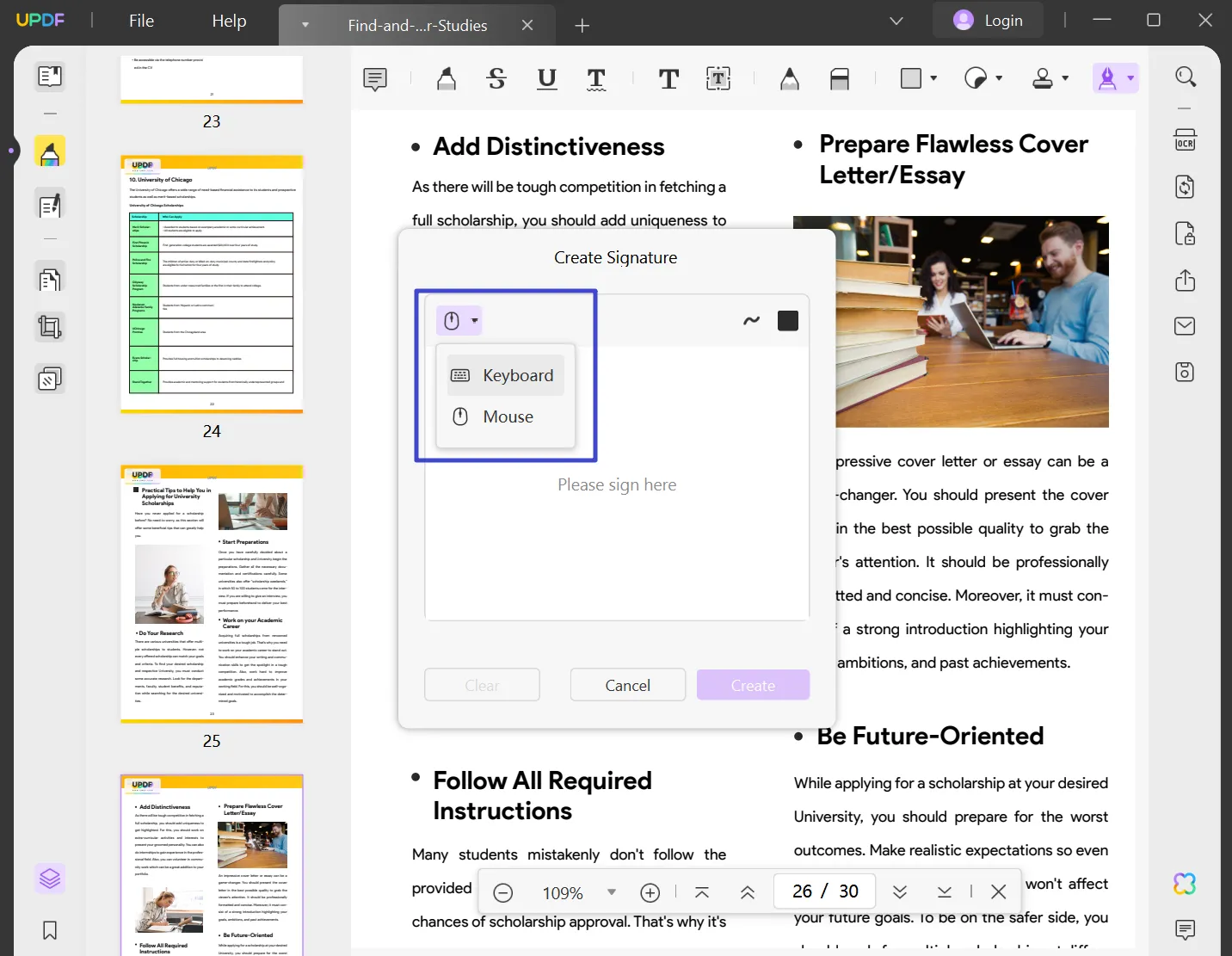
You can also select the thickness and colors of the sign. Finally, click "Create" and apply the signature to a desired part of your document. Save the file on your device by navigating into the "Save as Other" icon from the right-side toolbar.
Part 6. How to Create or Collect a Qualified Electronic Signature?
To create or collect a Qualified Electronic Signature, you need to use UPDF Sign. It is tool that allows you to sign the document with a Qualified Electronic Signature on your own or send the documents to different persons to collect a Qualified Electronic Signature. Just click the button below to give it a test to see if it is what you need.
Here is the guide for you to learn how to sign a document with Qualified Electronic Signature on your own.
Step 1. Click the link above to visit UPDF Sign website. Create an account to log in.
Step 2. Click on the "Initial Signature" > "Add Documents" > Switch on Just need my signature > Enter the message > click on the continue.
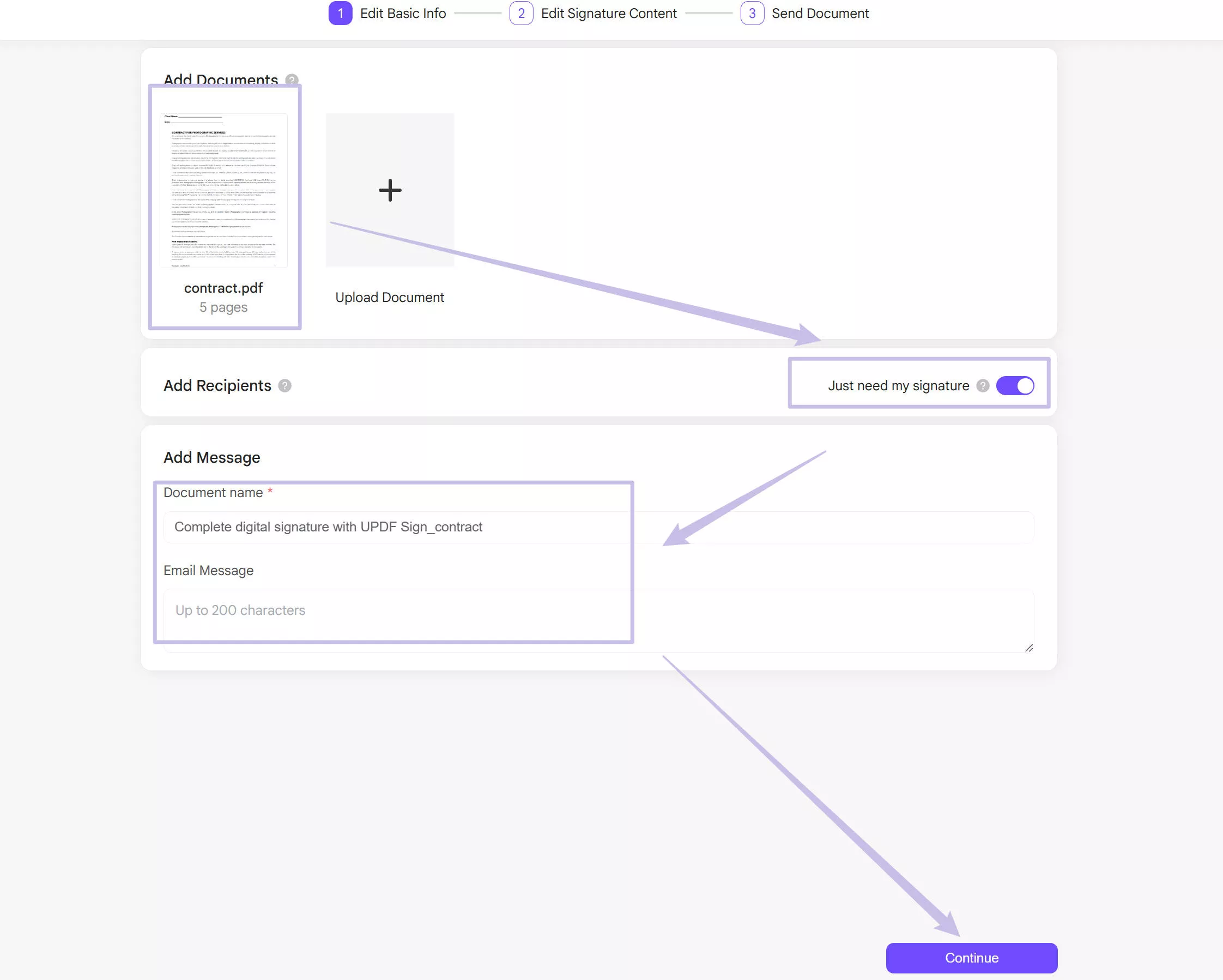
Step 3. In the new window, add the signature area by dragging the signature field to the document. Once done, click on the "Finish" button to "Send" and finish it.
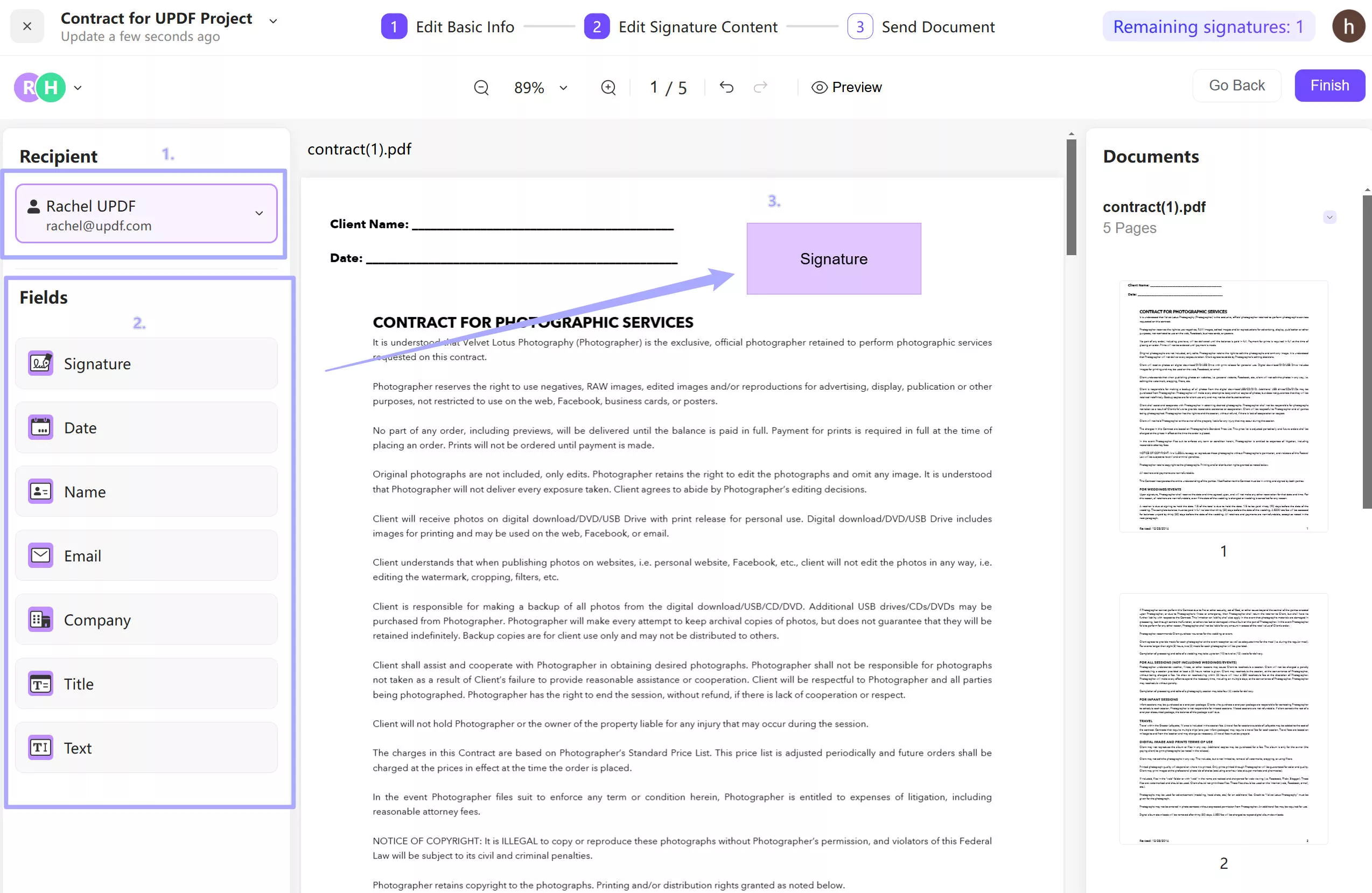
Step 4. Go to the email box, click on "Review Document".
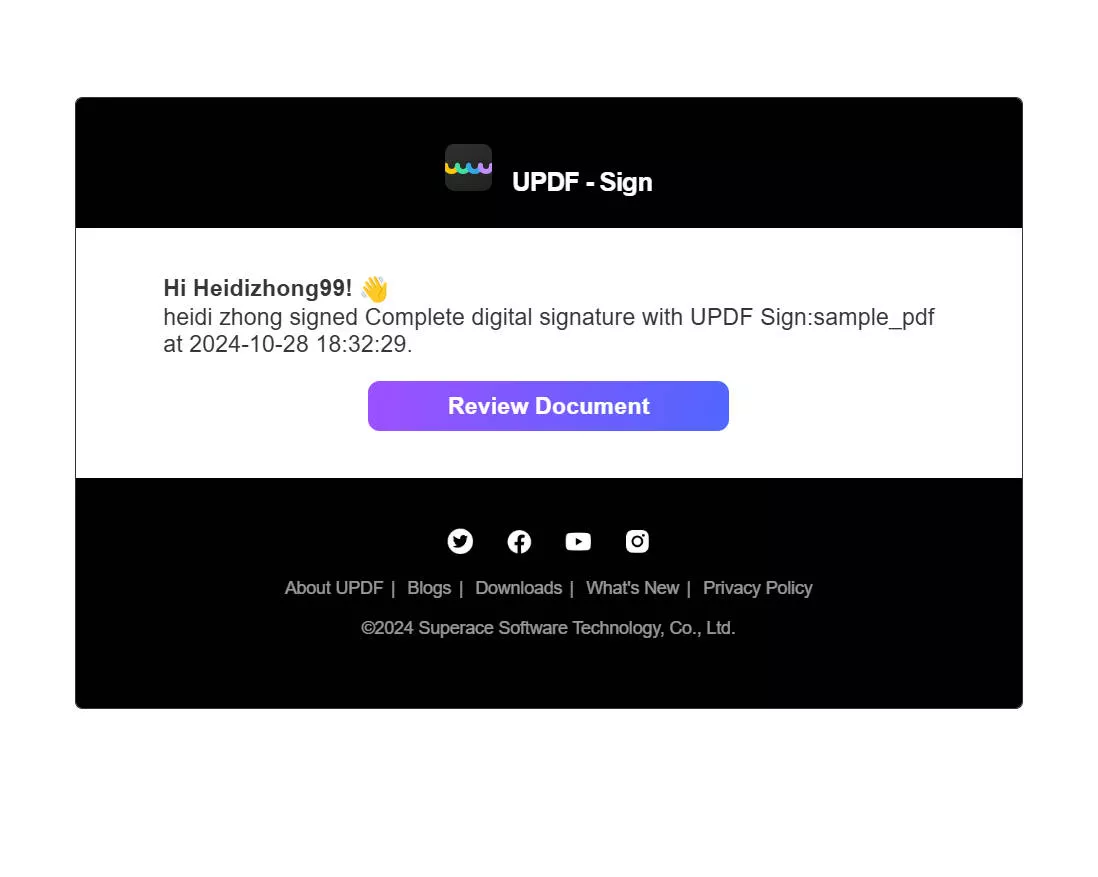
Step 5. Click on the "Sign" button, click on the "Signature" area, create a signature by input, draw, or upload. And sign it.
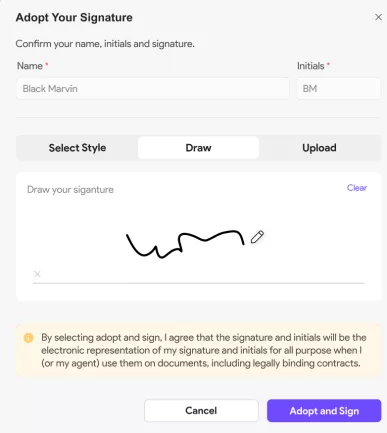
If you want to collect the signatures from others, here is the guide.
Step 1. Open the UPDF Sign website, initial signatures, upload the documents. This time, you need to add different recipients by clicking on the "Add Recipient". If you need to let these signers to sign in correct order, you can click on the "Set Signing order". Now, enter the message title and content, continue.

Step 2. Select one recipient to add the signature field. Select the second recipient to add signature field. Repeat the same steps for all the recipients. Once done, click on the "Finish" > "Send".
Step 3. Now, the signers will receive an email. They can click on the link in the email and create their signatures to sign.
Step 4. You can track the process in the home interface of UPDF Sign.
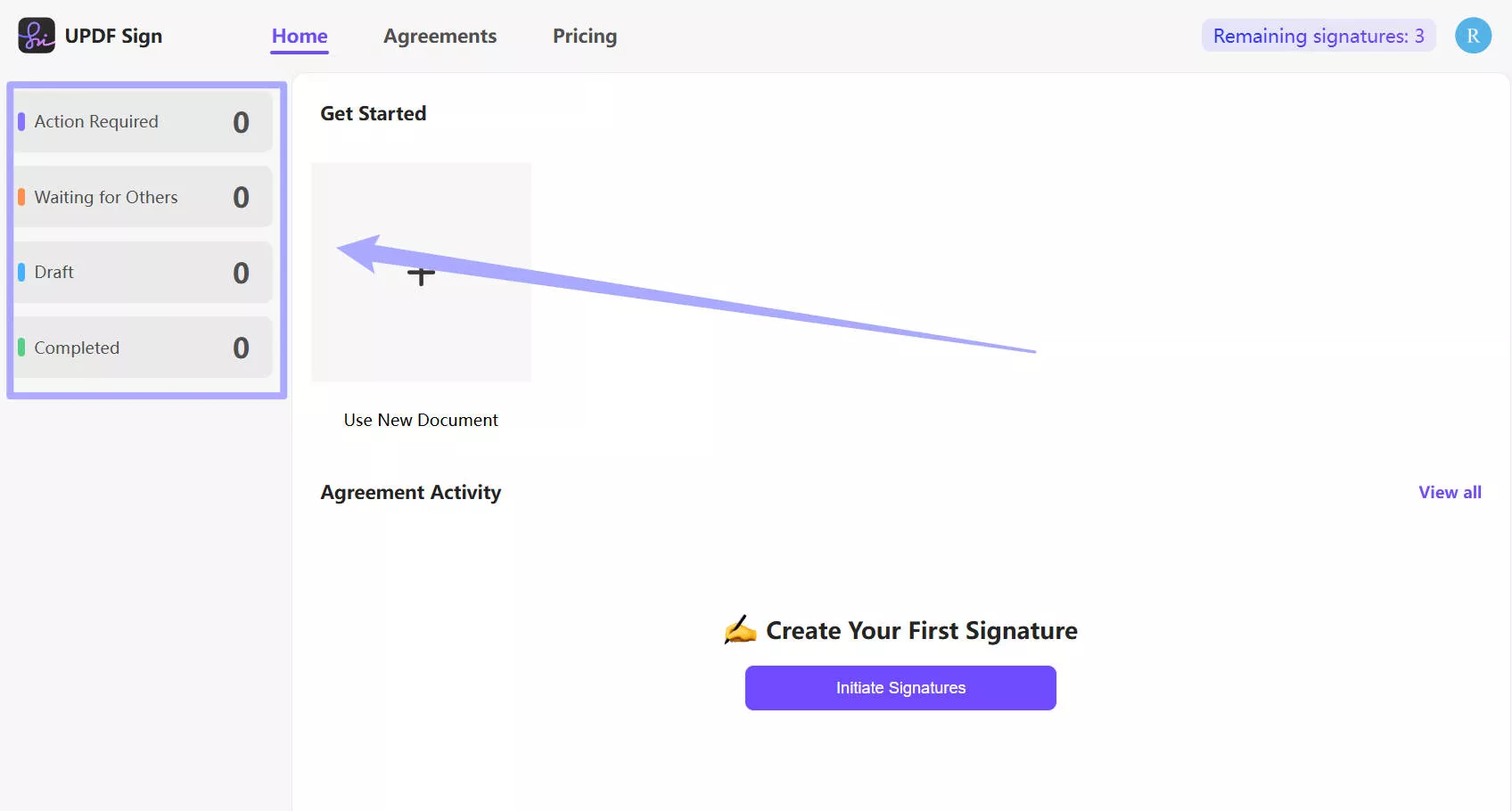
It is easy to use UPDF Sign, click the button below to visit and try it on you own to see if it is what you need.
Part 7: FAQs on Electronic Signature
1. Can I write my name as a signature?
Writing your name as a signature in informal or personal contexts may be acceptable. However, checking the specific requirements and legal implications of the document or transaction you are signing is always advisable.
2. Does your signature have to be your full name?
Generally, your signature doesn't have to be your full name, as it can be your first or late name, initials, or any combination. This is like, if your name is James Hick, your signature can be James Hick, James, or even James H.
3. What is accepted as an electronic signature?
An electronic signature is a legally binding obligation, and it accepts specific requirements, including intent to sign, document association, authentication, integrity, non-repudiation, legal compliance, and record keeping.
4. What is an example of an electronic signature?
If you're thinking about what is an electronic signature example, As a whole, an electronic signature is distinctly used. Some of its examples include digital signatures, typed or click-to-sign signatures, biometric signatures, email signatures, voice signatures, QR code signatures, and electronically handwritten signatures.
Conclusion
The fact is electronic signatures have ideally revolutionized the way we sign our important legal documents like agreements and contracts. A question arises, is electronic signature legal, and what makes an electronic signature legal? This article provided helpful instructions with brief details. You also learned how to apply an e-signature to a PDF document using the UPDF Sign and UPDF PDF editor.
Windows • macOS • iOS • Android 100% secure
 UPDF
UPDF
 UPDF for Windows
UPDF for Windows UPDF for Mac
UPDF for Mac UPDF for iPhone/iPad
UPDF for iPhone/iPad UPDF for Android
UPDF for Android UPDF AI Online
UPDF AI Online UPDF Sign
UPDF Sign Edit PDF
Edit PDF Annotate PDF
Annotate PDF Create PDF
Create PDF PDF Form
PDF Form Edit links
Edit links Convert PDF
Convert PDF OCR
OCR PDF to Word
PDF to Word PDF to Image
PDF to Image PDF to Excel
PDF to Excel Organize PDF
Organize PDF Merge PDF
Merge PDF Split PDF
Split PDF Crop PDF
Crop PDF Rotate PDF
Rotate PDF Protect PDF
Protect PDF Sign PDF
Sign PDF Redact PDF
Redact PDF Sanitize PDF
Sanitize PDF Remove Security
Remove Security Read PDF
Read PDF UPDF Cloud
UPDF Cloud Compress PDF
Compress PDF Print PDF
Print PDF Batch Process
Batch Process About UPDF AI
About UPDF AI UPDF AI Solutions
UPDF AI Solutions AI User Guide
AI User Guide FAQ about UPDF AI
FAQ about UPDF AI Summarize PDF
Summarize PDF Translate PDF
Translate PDF Chat with PDF
Chat with PDF Chat with AI
Chat with AI Chat with image
Chat with image PDF to Mind Map
PDF to Mind Map Explain PDF
Explain PDF Scholar Research
Scholar Research Paper Search
Paper Search AI Proofreader
AI Proofreader AI Writer
AI Writer AI Homework Helper
AI Homework Helper AI Quiz Generator
AI Quiz Generator AI Math Solver
AI Math Solver PDF to Word
PDF to Word PDF to Excel
PDF to Excel PDF to PowerPoint
PDF to PowerPoint User Guide
User Guide UPDF Tricks
UPDF Tricks FAQs
FAQs UPDF Reviews
UPDF Reviews Download Center
Download Center Blog
Blog Newsroom
Newsroom Tech Spec
Tech Spec Updates
Updates UPDF vs. Adobe Acrobat
UPDF vs. Adobe Acrobat UPDF vs. Foxit
UPDF vs. Foxit UPDF vs. PDF Expert
UPDF vs. PDF Expert

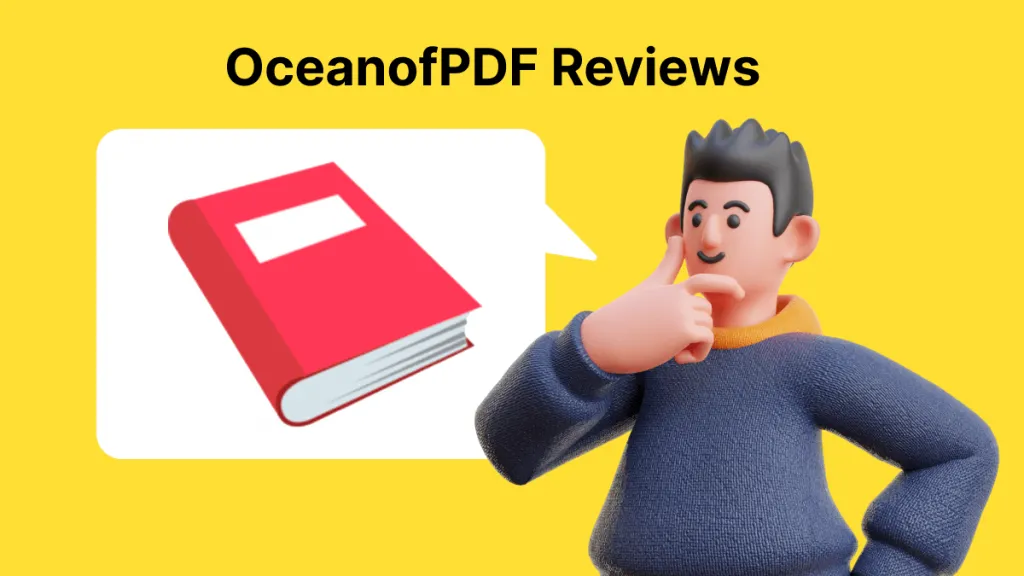



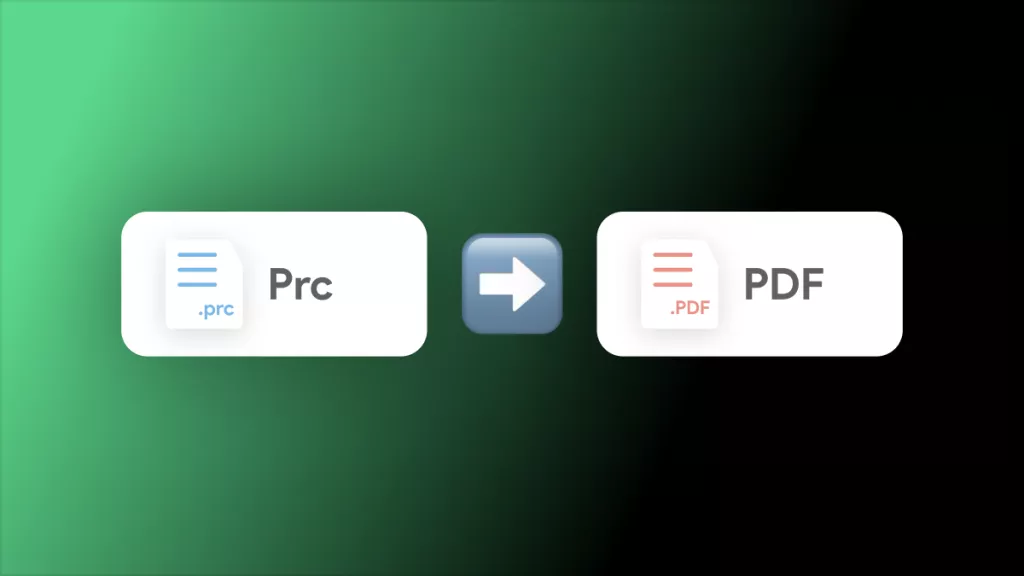
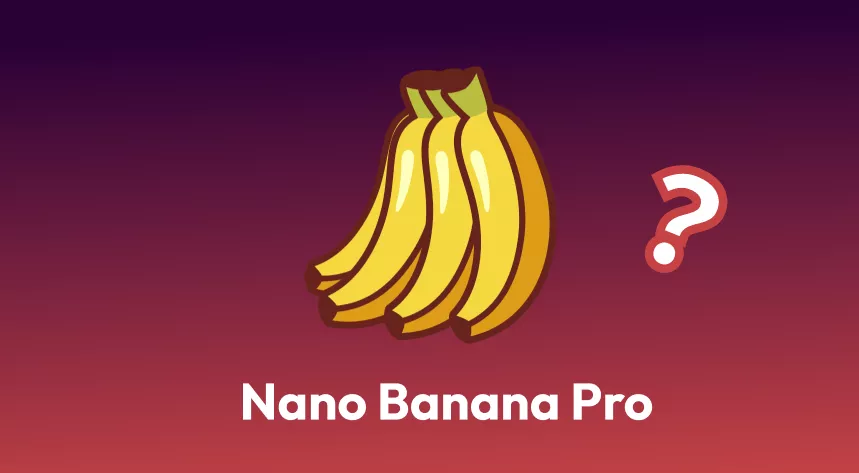

 Enola Miller
Enola Miller 
 Enya Moore
Enya Moore 

 Enrica Taylor
Enrica Taylor 